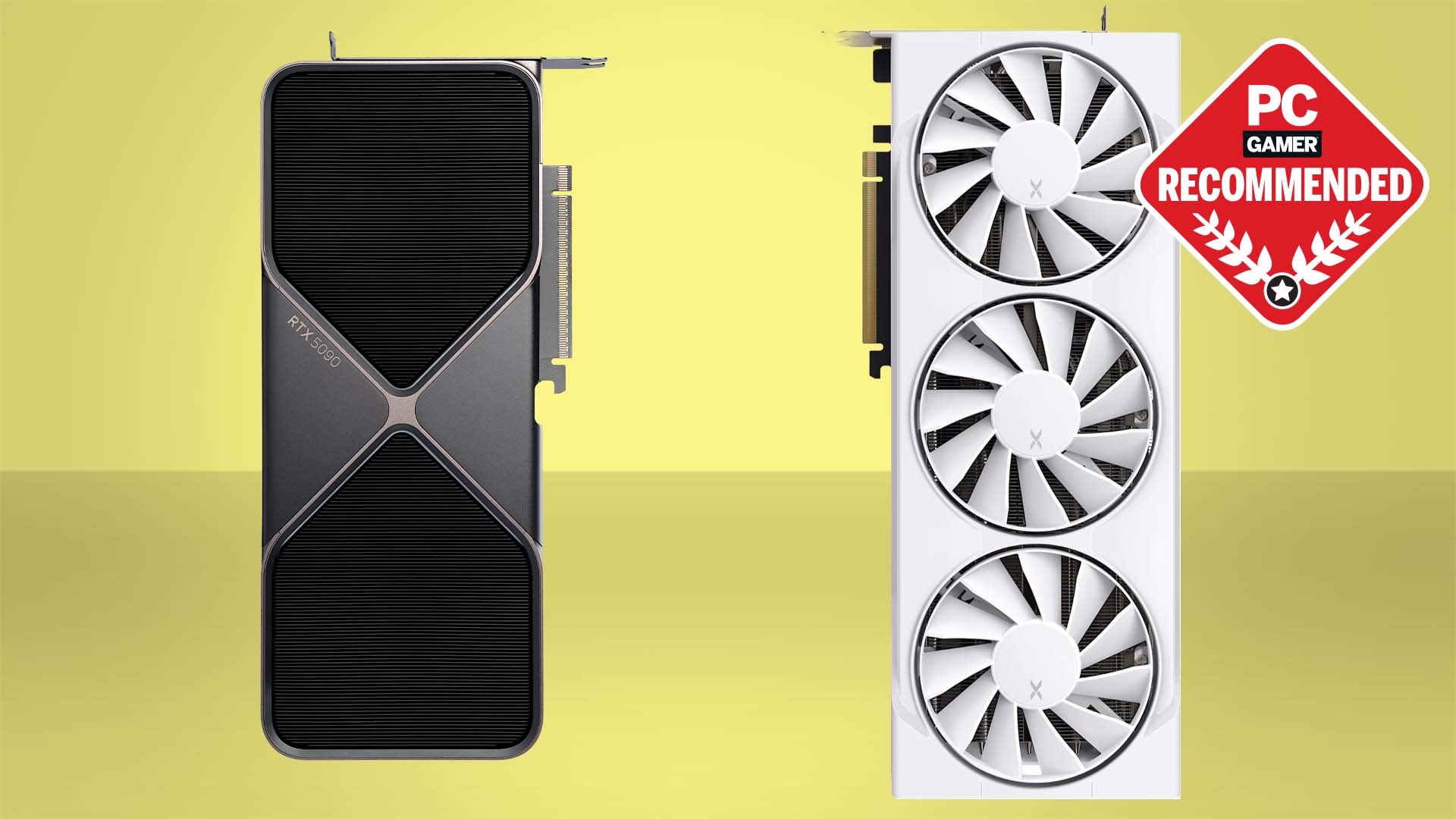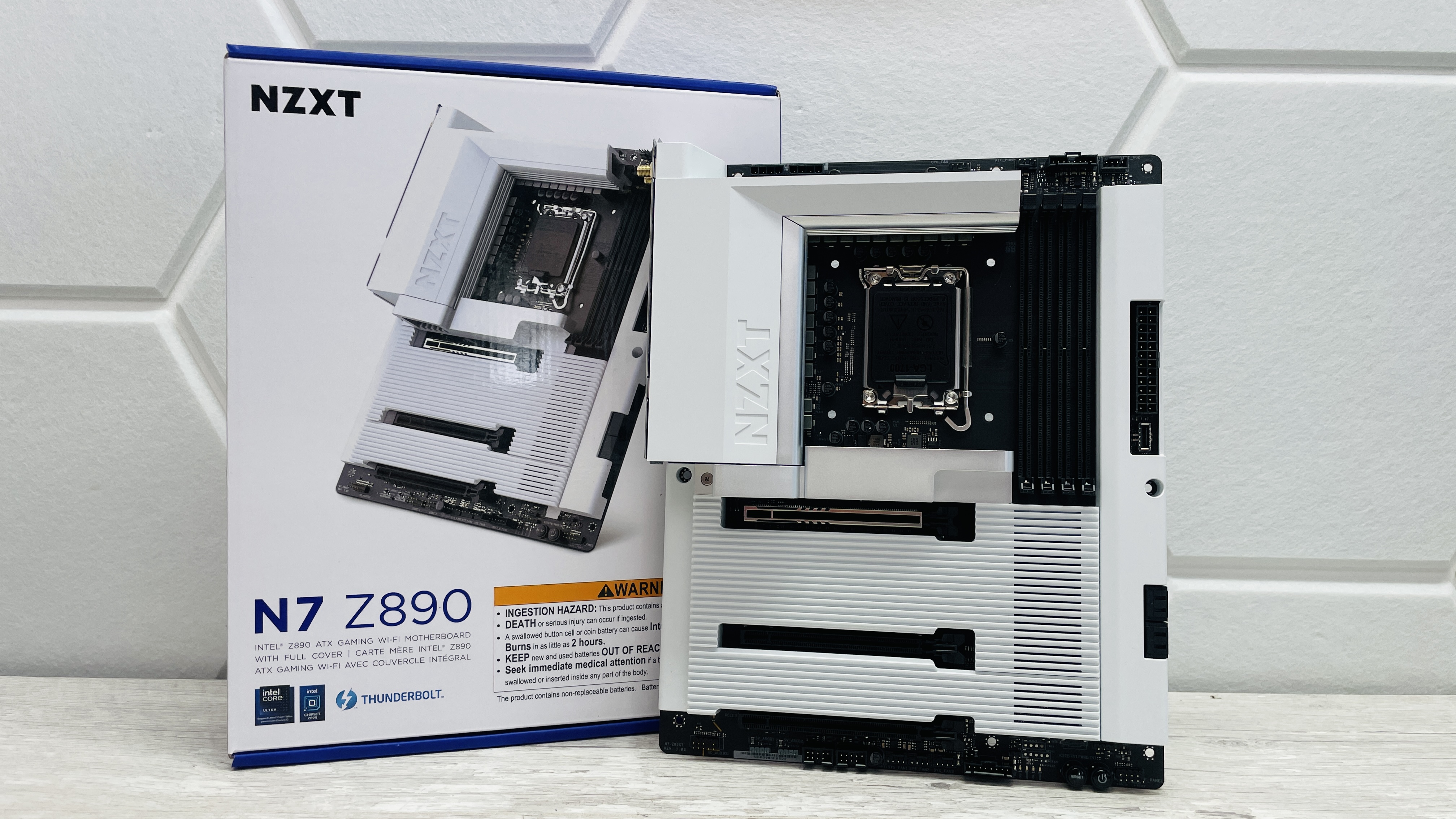Best gaming PC builds: budget, mid-range and high-end recommendations
From an $800 penny-saving PC to a $4,000+ monster.
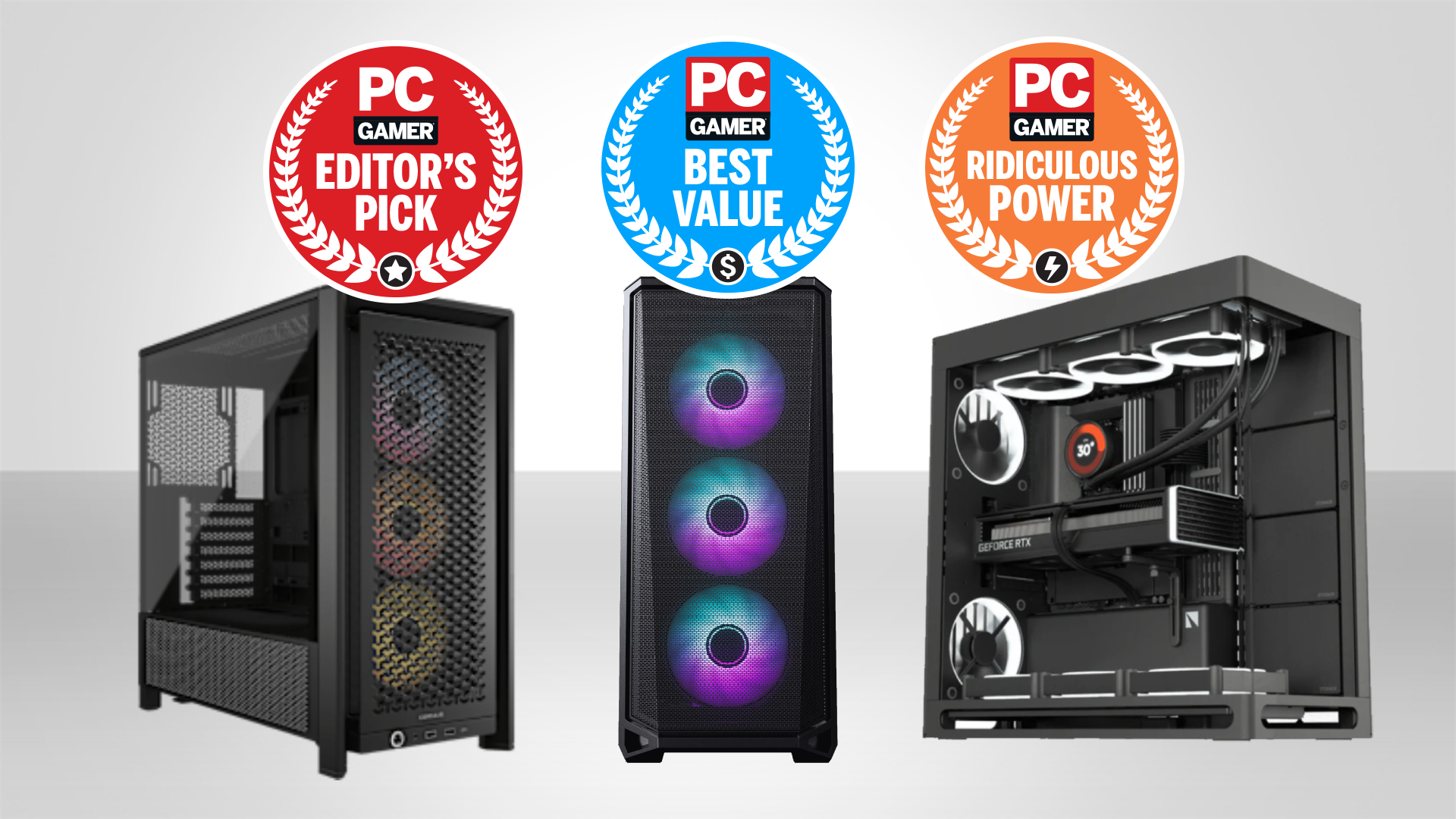
For those about to build a gaming PC, we salute you. We're big fans of building your own PC here at PC Gamer—not only is it often cheaper than buying a pre-built, even with price increases all round, but you also get to learn all about how a PC is pieced together. That can be incredibly helpful knowledge if you ever need to upgrade or troubleshoot your machine.
The first step to building your own PC is choosing your components. Below you'll find three gaming PC builds, starting from a sub-$900 build to an all-out overkill rig at over—maybe it's best you don't know—$4,200. All the hardware components in this guide are parts I'd pick if I were building my own PC, and using our expert reviews to guide me. The key components have been tested on our test bench to ensure they meet expectations.
It's worth mentioning, however, that we're currently in the middle of a GPU shortage and some economic difficulties that makes pricing and sourcing many PC components a tough ask. We'll be sure to keep updating this guide with what you can actually buy for reasonable money, wherever possible.
If this isn't what you're looking for, you can skip the whole building thing and get one of the best gaming PCs prebuilt or snap up a cheap gaming PC instead. But trust me, PC building can be a whole lot of fun and it's usually the far cheaper option. Go on, give it a go.
Best budget gaming PC build
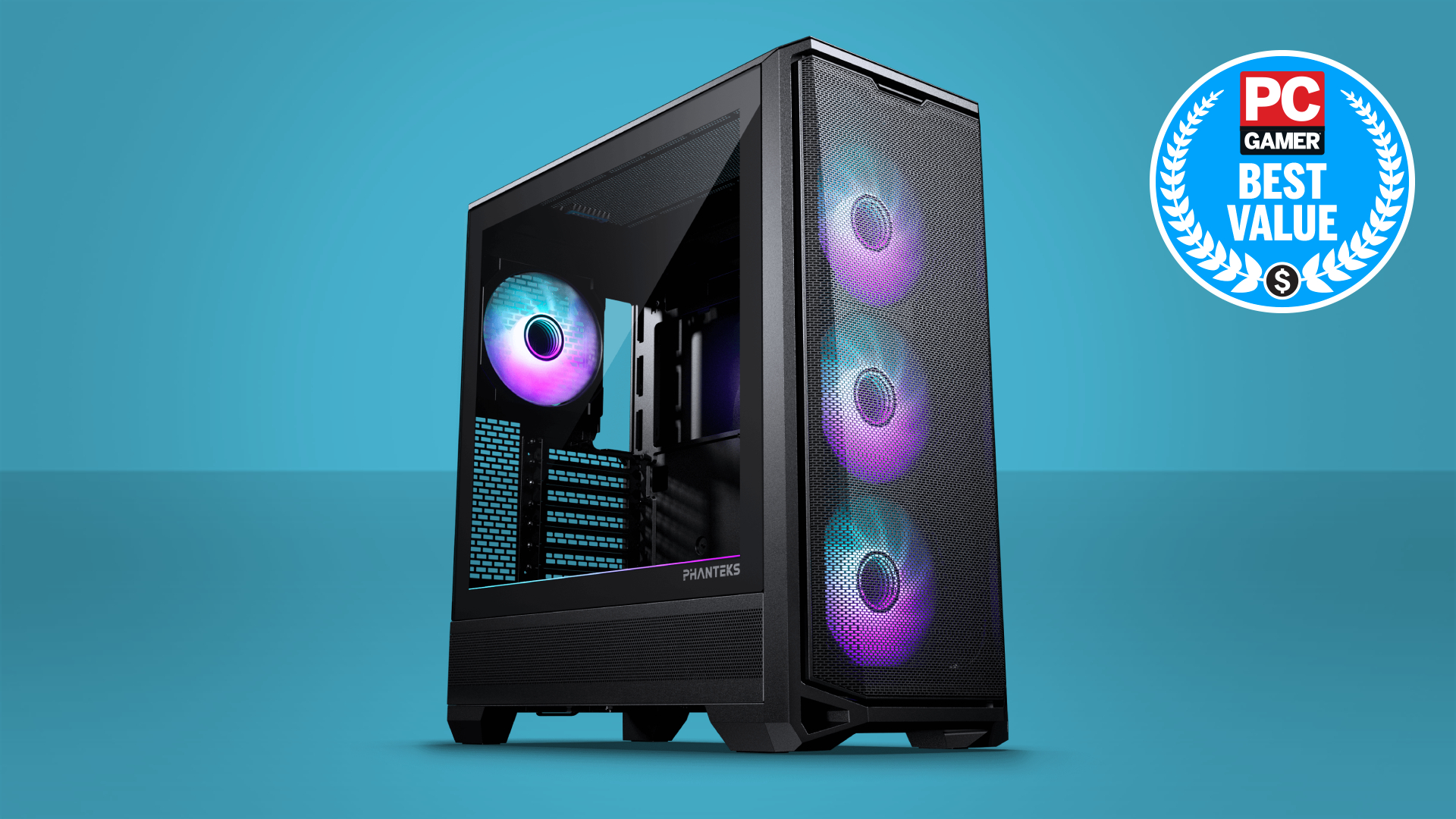
Category | Part | Current price (US) | Current price (UK) |
|---|---|---|---|
Motherboard | ASRock B660M Pro RS | ||
Processor | Intel Core i5 13400F | ||
Graphics card | AMD Radeon RX 9060 XT 8 GB | ||
Cooler | Laminar RM1 | Included with CPU | Included with CPU |
Memory | Team Group T-Force Vulkan Z 16 GB | ||
Power supply | Be Quiet! Pure Power 12 750 W | ||
SSD | WD Black SN7100 1 TB | ||
Case | Phanteks Eclipse G400A | ||
Total | Row 8 - Cell 1 | $899 | £809 |
For this budget build, I'm opting for one of my favourite budget processors, the Intel Core i5 13400F. It's a plucky chip considering its price point, especially given that Intel bumped the number of E-cores on the chip compared to the 12th Gen model. That makes it a decent multithreaded processor, while simultaneously the speedier P-cores favoured for gaming keep things buttery smooth fps-wise.
The added benefit of this 13th Gen Intel chip is that we can opt for a motherboard with DDR4 support. Nowadays, DDR5 is the memory of choice for high-end machines, but when you get down to a budget level it's not quite as affordable. DDR4 RAM, and RAM in general, is extremely cheap nowadays, and that's why we're stuffing 16 GB of 3,200 MT/s RAM into this machine, with a CAS latency of just 16 cycles.
For the GPU, I've gone for AMD's new budget wonder-card, the RX 9060 XT. Sure, it's not the most exciting of graphics cards, but for around $300 it sure does put Nvidia's RTX 5060 in it's place when it comes to excellent 1080p and 1440p performance for a minimal outlay.
I've opted for the 8 GB variant to keep costs as low as possible, but those of you concerned about future VRAM requirements might want to spend a bit extra on the 16 GB version instead. That extra VRAM might not come into play for 1080p and 1440p gaming just yet, but if you can find one for similar money, why not.
One key component I recommend you don't skimp on is the power supply. We used to have a somewhat cheaper XPG PSU in our build guides, the Pylon 450, but it's mostly unavailable nowadays—at least for a fair price. That's why I've gone with a Be Quiet 750 W unit. It's a solid PSU from a reputable manufacturer, so you can rest easy knowing that your PC is safe from dodgy power supply unit. 750 W is a little more than you really need but it gives you headroom for a more powerful GPU in the future.
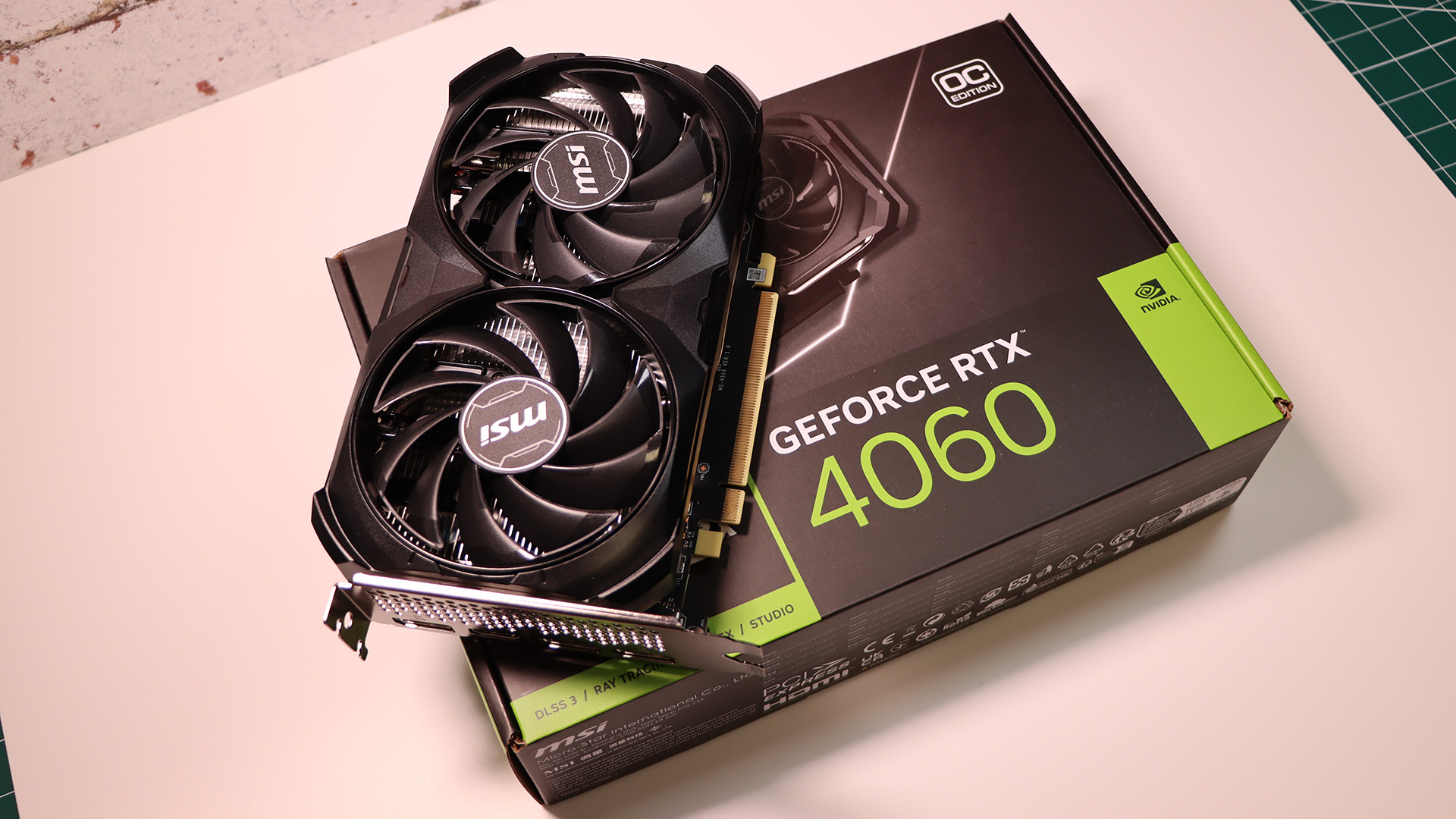
As for storage, I've opted for a new budget drive from WD, the SN7100. We were very impressed with its speedy 4K read performance, especially when combined with the very affordable price. 1 TB is plenty to get you going with, but upgrading to the 2 TB version would give you plenty of breathing room if you've got the extra cash.
Lastly, the chassis. I've recently shifted this over to the Phanteks Eclipse G400A, a case we'll be reviewing very soon. I've had a mess around with one already, and it's a sizeable chassis with plenty of included fans. You can go cheaper, of course, but buying a good case from the outset means you should have plenty of room for future upgrades.
Overall, this budget PC doesn't drop the ball on any of its components. It's certainly better than what you'd buy for the same cash pre-built, and I'm sure it'll last you years to come without running into trouble. Though I can't vouch for your building ability. Patience and care—two very important aspects of PC building any of us would do well to remember.
Best mid-range gaming PC build
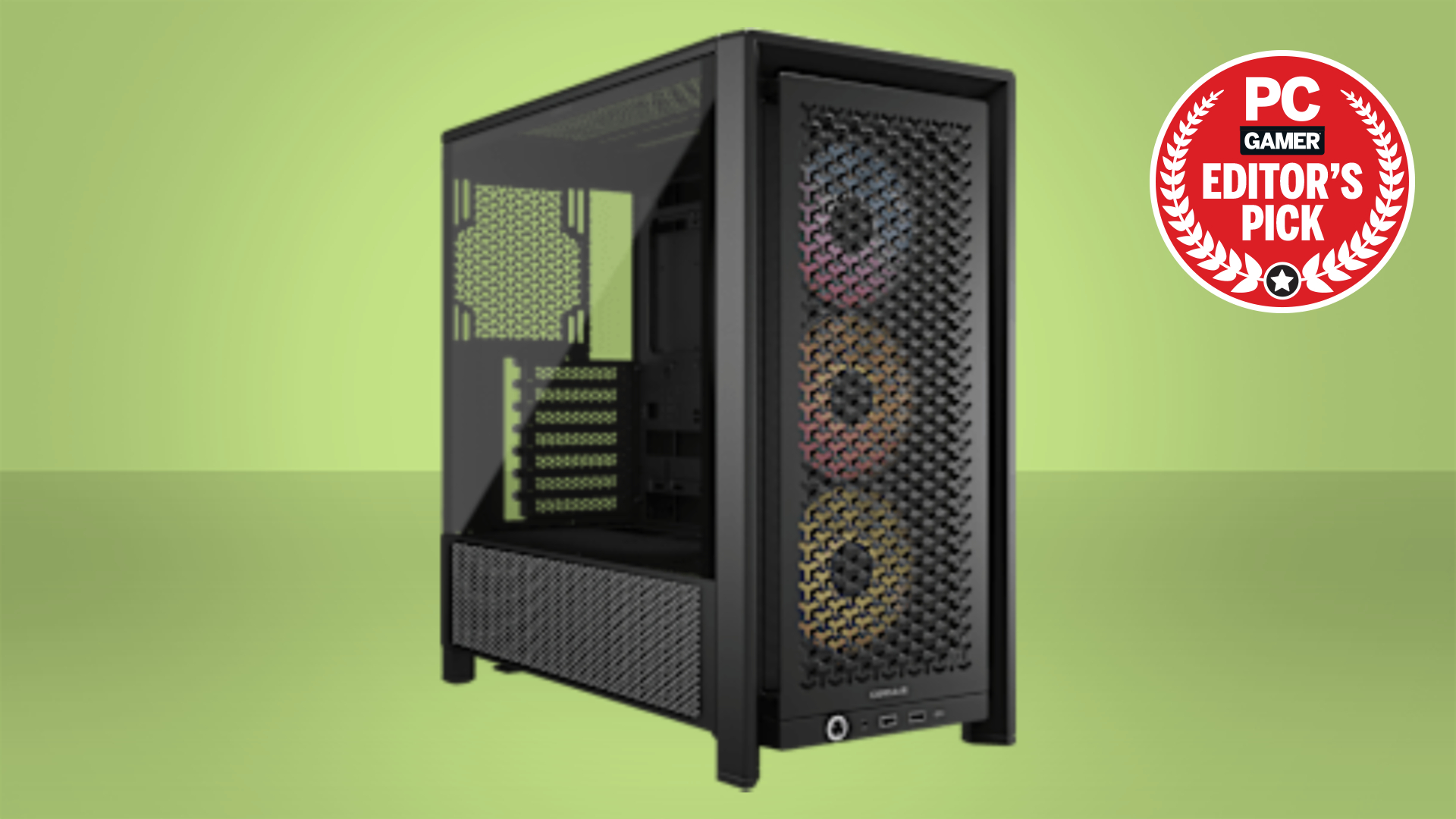
Category | Part | Current price (US) | Current price (UK) |
|---|---|---|---|
Motherboard | Asus TUF Gaming B650-E WiFi | ||
Processor | AMD Ryzen 7 7700X | ||
Graphics card | RTX 5060 Ti 16 GB | ||
Cooler | Thermalright Peerless Assassin 120 SE | ||
Memory | Patriot Viper Venom DDR5-5600 16 GB | ||
Power supply | Be Quiet! Pure Power 12 M 750 W | ||
SSD | Lexar NM790 2 TB | ||
Case | Corsair Frame 4000D | ||
Total | Row 8 - Cell 1 | $1,346 | £1,225 |
For our mid-range build, I'm recommending the Ryzen 7 7700X. This AMD processor offers plenty of firepower for gaming and more, but importantly the AM5 platform it's compatible with will likely be supported for a good while yet. That means there's scope to upgrade this processor without having to buy an entirely new motherboard or new RAM.
For the GPU, I've picked the 16 GB variant of the RTX 5060 Ti for its current price/performance combination. In all honesty, I'd like to stick the RTX 5070 or the AMD Radeon RX 9070 in this slot, but prices right now are higher than I'd like. That may well change soon, so keep an eye out for drops towards the MSRP of either card.
That's not to say that the RTX 5060 Ti is a slouch, mind. It delivers great 1080p and 1440p performance for the cash, making it a mid-range-equivalent GPU for something approaching budget prices. Should you be able to find an RTX 5070 or RX 9070 for something approaching MSRP then they're the ones I'd pick, but the little RTX 5060 Ti still has plenty to recommend it for.
Not least DLSS 4 and Multi Frame Generation support, which really does make a huge difference to your gaming experience. It's not magic, though, and latency can prove to be an issue if the base frame rate drops to unacceptable levels. But it sure does help change a 50 fps result into 100 fps with relative ease in many games, and that's worth a fair bit as things currently stand.
For RAM, I've stuck with a tried and tested dual-stick kit of Patriot's Viper Venom DDR5, rated to 5,600 MT/s. It's a fast, dependable kit that looks nice to boot.
I've also gone with the Be Quiet! Pure Power 12 M 750W here, as it's a great modular platform from a trusted manufacturer. You definitely don't want to pinch too many pennies when it comes to your power supply—that can have dire consequences. Best to play it safe and spend a little extra for peace of mind.
The Lexar NM790 2 TB NVMe drive rounds out this build. It's worth shopping around for this particular model, as it often appears on discount, but even at full price it offers a ton of reliable, speedy storage for the money. We've long-term tested this exact drive, and it has yet to put a foot wrong.
Lastly, a new addition comes in the form of the Corsair Frame 4000D case. It's a handsome beast, complete with a side fan/radiator mount, plenty of room to build in (although cabling can get a bit tight) and a clever rail mounting system. It's also remarkably cheap for what you end up receiving, meaning you can free up some money for peripherals and other assorted extras without sacrificing on quality.
Best high-end gaming PC build
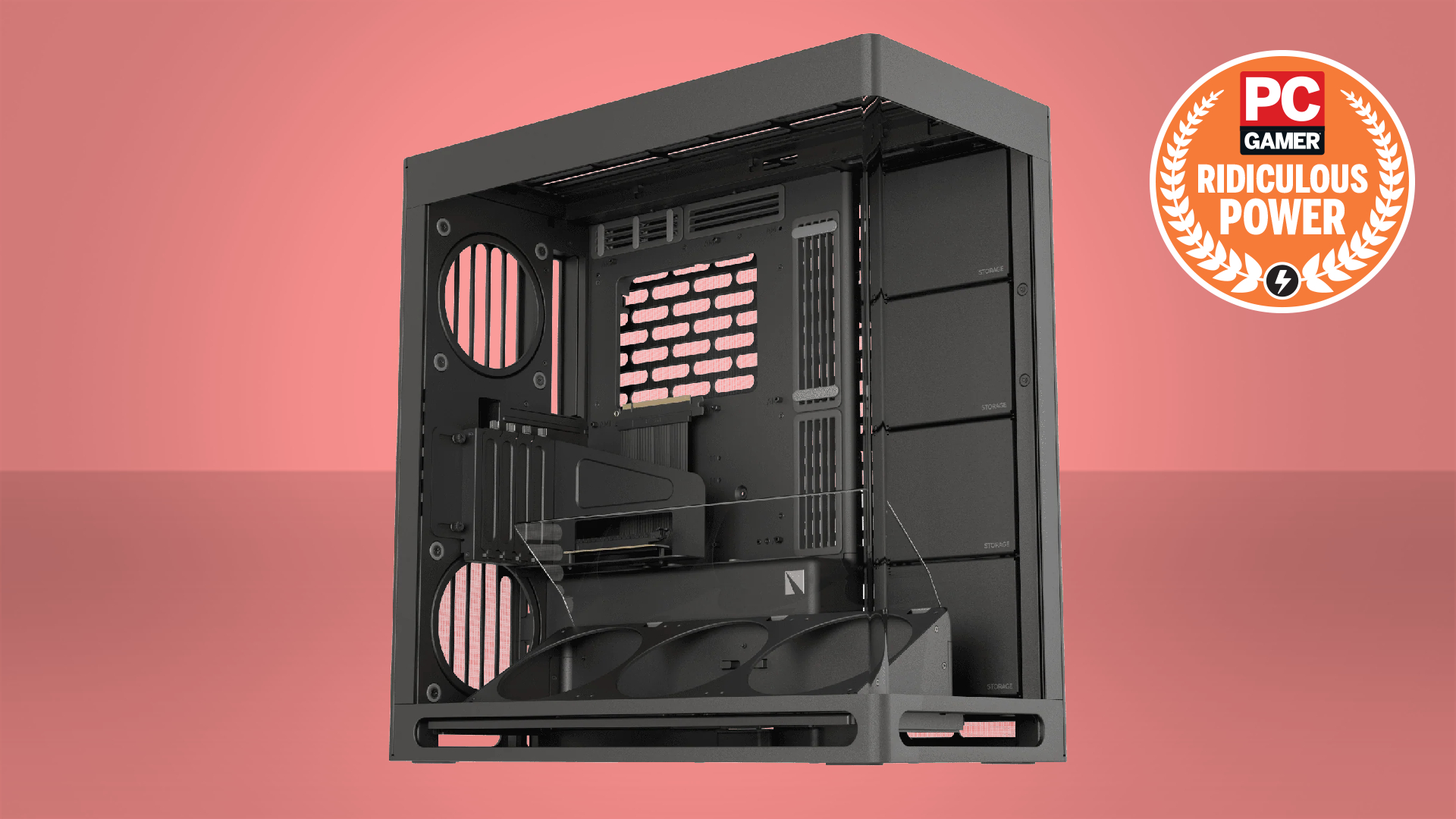
Category | Part | Current price (US) | Current Price (UK) |
|---|---|---|---|
Motherboard | MSI MEG X870E Tomahawk | ||
Processor | AMD Ryzen 7 9800X3D | ||
Graphics card | Nvidia GeForce RTX 5090 | ||
Cooler | Lian Li Galahad II Trinity 360 | ||
Memory | G.Skill Trident Z5 Neo RGB 32 GB DDR5-6000 | ||
Power supply | Seasonic Prime TX-1300 | ||
SSD | Lexar NM790 4 TB | ||
Case | HAVN HS 420 | ||
Total | Row 8 - Cell 1 | $5,010 | £4,484 |
This is it, the daddy of PC builds. I've spared no expense putting this one together, as this is the sort of build we'd put together if money really wasn't an issue. I mean, you've seen the pricing, right?
There's a pretty big caveat here, too. As an absolute top-end build, you'll want the best graphics card money can buy, which without a doubt is the RTX 5090. That's if you can get hold of one, however.
We're currently in the middle of a GPU stock/tariff/pricing debacle that means most graphics cards are hard to find at a good price right now, and the RTX 5090 goes up and down like a yo-yo when it comes to pricing and availability.
Oof. Still, providing you can get hold of all the components here, this PC may not be the cheapest but will happily tear through any game you throw at it, any video editing task you want to get done, and make short work of at least a handful of Google Chrome tabs.
Just kidding. Many, many tabs, while spinning a plate and doing magic tricks. By which I mean, gaming.
At its heart lies the AMD Ryzen 7 9800X3D—the very best gaming CPU money can buy. While it's not a mega-multitasker, as it only has eight Zen 5 cores capable of running up to 16 threads—it will absolutely blitz through any gaming task you ask of it.
What makes the Ryzen 7 9800X3D a gaming powerhouse is the extra 3D V-Cache, neatly packaged underneath its cores. This chip comes with 96 MB of L3 cache, 64 MB more than the regular Ryzen 7 9700X. Games can't get enough of the stuff, and this chip is demonstrably quicker in gaming than any other around today. It's the perfect chip to pair with a high-end graphics card, and yep, here it comes again:
The RTX 5090. As if it was going to be anything else. Did you expect something different? Of course not. This graphics card offers an astonishing level of gaming performance, even more than last-gen monster, the RTX 4090. Sure it's the price of a decent mid-range gaming PC but your biggest barrier isn't the price, it's simply finding one available to buy.
There are no real surprises for the rest of the build, either, besides maybe the SSD. I've opted for 4 TB of some of our favourite PCIe 4.0 storage here, the Lexar NM790, rather than a 'just-for-the-sake-of-it' PCIe 5.0 drive. We will reach a time when PCIe 5.0 makes more sense, but it's not really today. This drive will offer plenty of space for your Steam library, and quick capacity, too.
I couldn't really opt for anything less than 32 GB of DDR5 here, and make no mistake, we are going all-in on the newer memory standard here. Prices have come tumbling down for DDR5 as of late, so it's not such a hit on our budget as it once was. In fact, why not go for 64 GB? I nearly did, but concessions needed to be made somewhere. It's not much extra though, so treat yourself should you feel the need.
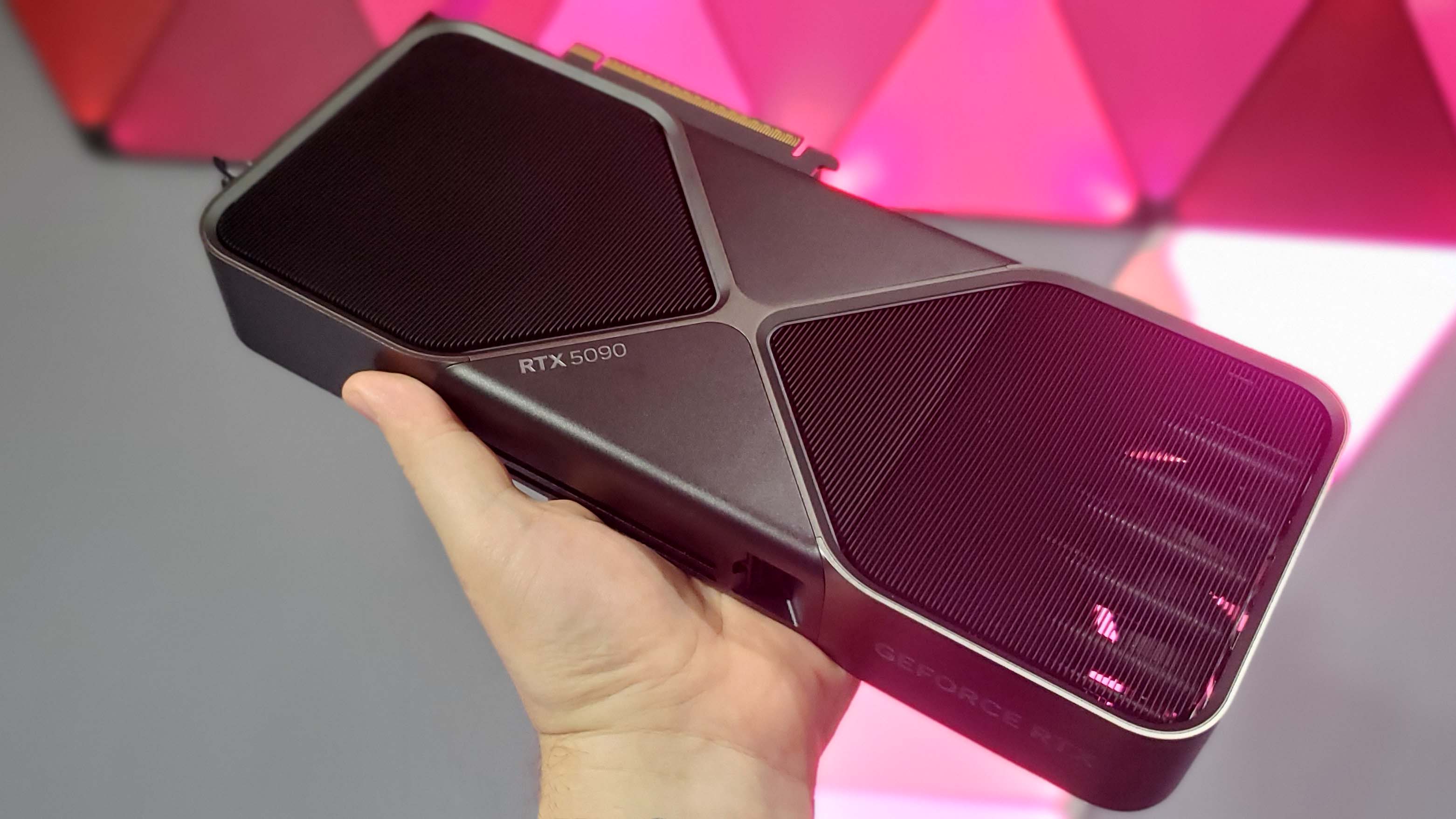
The PSU matters for a lot with this build, as it's the lifeblood of all these expensive components. I've opted for 1300 W power version of the Seasonic Prime TX-1000 to ensure a robust platform with extremely high efficiency.
All that is wrapped up in the Havn HS 420 VGPU chassis, a fantastic looking modular case wrapped in oodles of sparkly glass. It's a bit heavy, and the motherboard airflow could be a little better, but either way it's pretty much the best high-end case we can think of right now. It'll look gorgeous with all your ultra-fast components inside.
There's plenty of opportunity to configure this build to your liking with a couple tweaks here or there, but the important thing is with this CPU and GPU combination, is that it's going to absolutely crush any game you throw at it.
Monitors, peripherals, and other important bits
PC Gamer's got your back
Of course, just buying the parts to build a fantastic gaming PC is only half the battle. You'll also want a great gaming monitor, keyboard, mouse, and various other bits and bobs to complete the experience.
Luckily, we curate comprehensive (and regularly updated) lists of the best products money can buy, from budget offerings all the way up to the tippity-top of the high-end.
We review every piece of hardware we can get our hands on to keep these guides fed, so you can rest assured that everything that makes the cut on these hallowed pages are well worth your time.
Below is a list of guides for some of the best extras you might need to go with your fantastic new gaming PC.
Keep up to date with the most important stories and the best deals, as picked by the PC Gamer team.

Jacob earned his first byline writing for his own tech blog. From there, he graduated to professionally breaking things as hardware writer at PCGamesN, and would go on to run the team as hardware editor. He joined PC Gamer's top staff as senior hardware editor before becoming managing editor of the hardware team, and you'll now find him reporting on the latest developments in the technology and gaming industries and testing the newest PC components.
